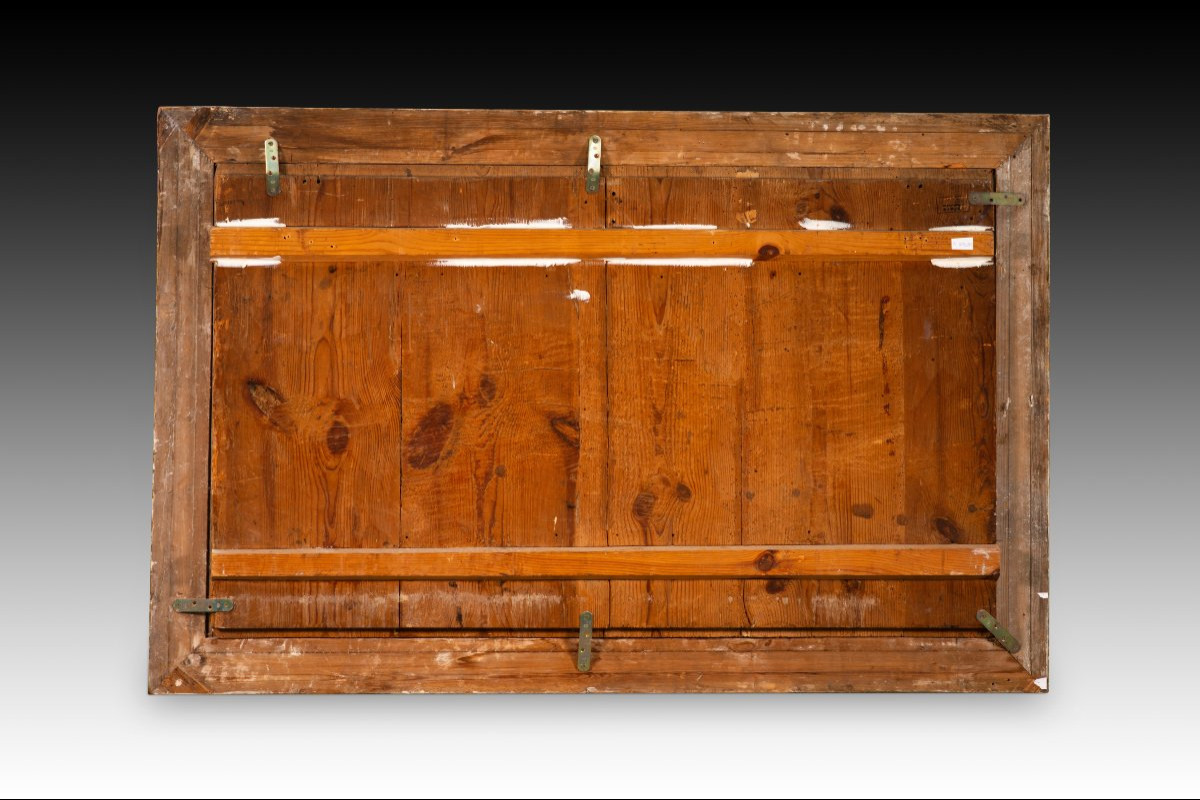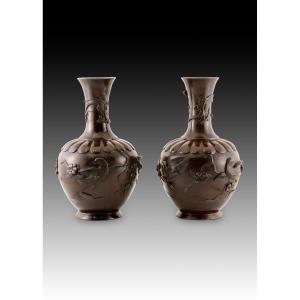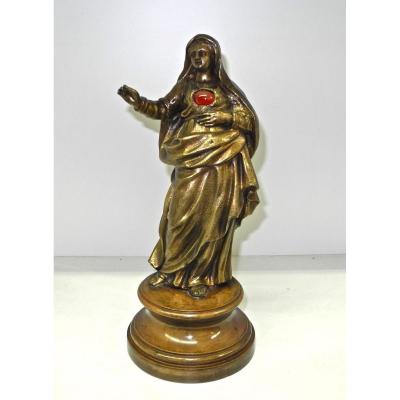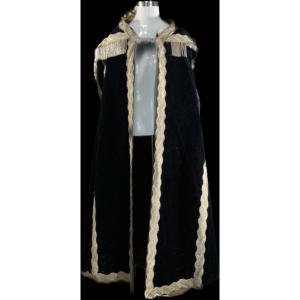It has flaws.
Oil painting on panel depicting a figurative image on a neutral background, with checkerboard tiles arranged, like everything else, in focal perspective. Around a rectangular table (with two figures at the corners, their backs to the viewer), there are a total of twelve figures dressed in tunics and cloaks, and in the center of the painting, another man, surrounded by light. On the table, covered with a white cloth, we can see food arranged on plates, jugs, bottles, round loaves, glasses, etc. This Last Supper follows the typical patterns of the European Renaissance (compare, noting the differences, with the painting by Leonardo da Vinci, produced between 1495 and 1498 for the refectory of the Dominican convent of Santa Maria delle Grazie in Milan, Italy, for example). The Italian influence is perceptible, but without directly following these models. Compare with the Last Supper attributed to the workshop of Pedro Berruguete around 1495-1500, preserved at the Los Angeles County Museum of Art (USA), or, noting especially the lack of expressiveness of this panel, with the Last Supper of Juan de Juanes around 1562 (Museo del Prado, Madrid, Spain). From an iconographic point of view, the abundant use of yellow in the clothing is striking, given that it was usually reserved for the attire of Judas (the figure on the left, with his back to the viewer, holding a bag of coins in his hand) and that the moment of the revelation of the betrayal of one of the disciples was chosen (expressiveness is absent from the faces but not from the hands of the other figures). -
Dimensions: 141x10x90 cms. int. 122x73 cms






































 Le Magazine de PROANTIC
Le Magazine de PROANTIC TRÉSORS Magazine
TRÉSORS Magazine Rivista Artiquariato
Rivista Artiquariato